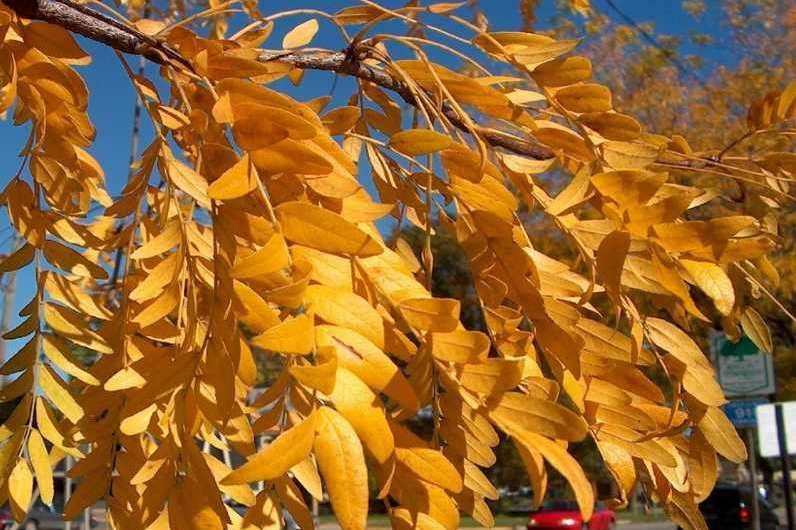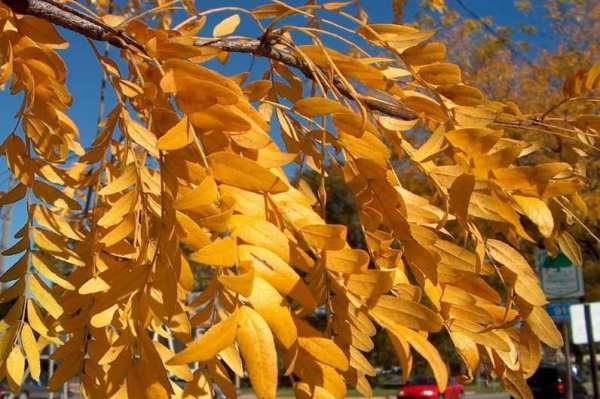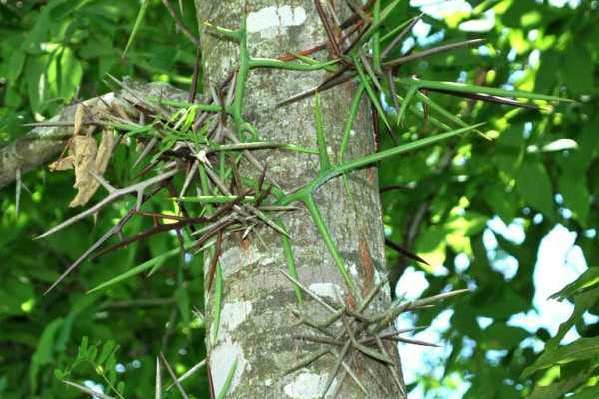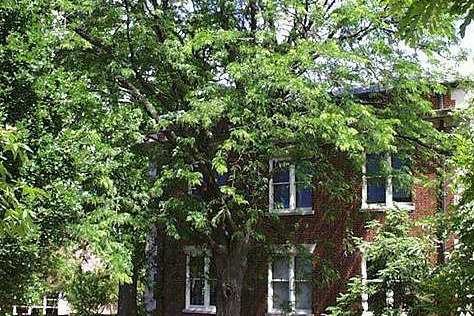Trees, Shrubs, & Vines
Forbs & Flowers
Grasses, Sedges, & Rushes
Sun
Shade
Wet
Dry
Obligate Wetland
Plant almost always occurs in wetlands.
Facultative Wetland
Usually occurs in wetlands but may occur in non-wetlands.
Facultative
Plant occurs both in wetlands and in non-wetlands.
Facultative Upland
Usually occurs in wetlands but may occur in non-wetlands.
Obligate Upland
Plant almost always occurs in non-wetlands.







